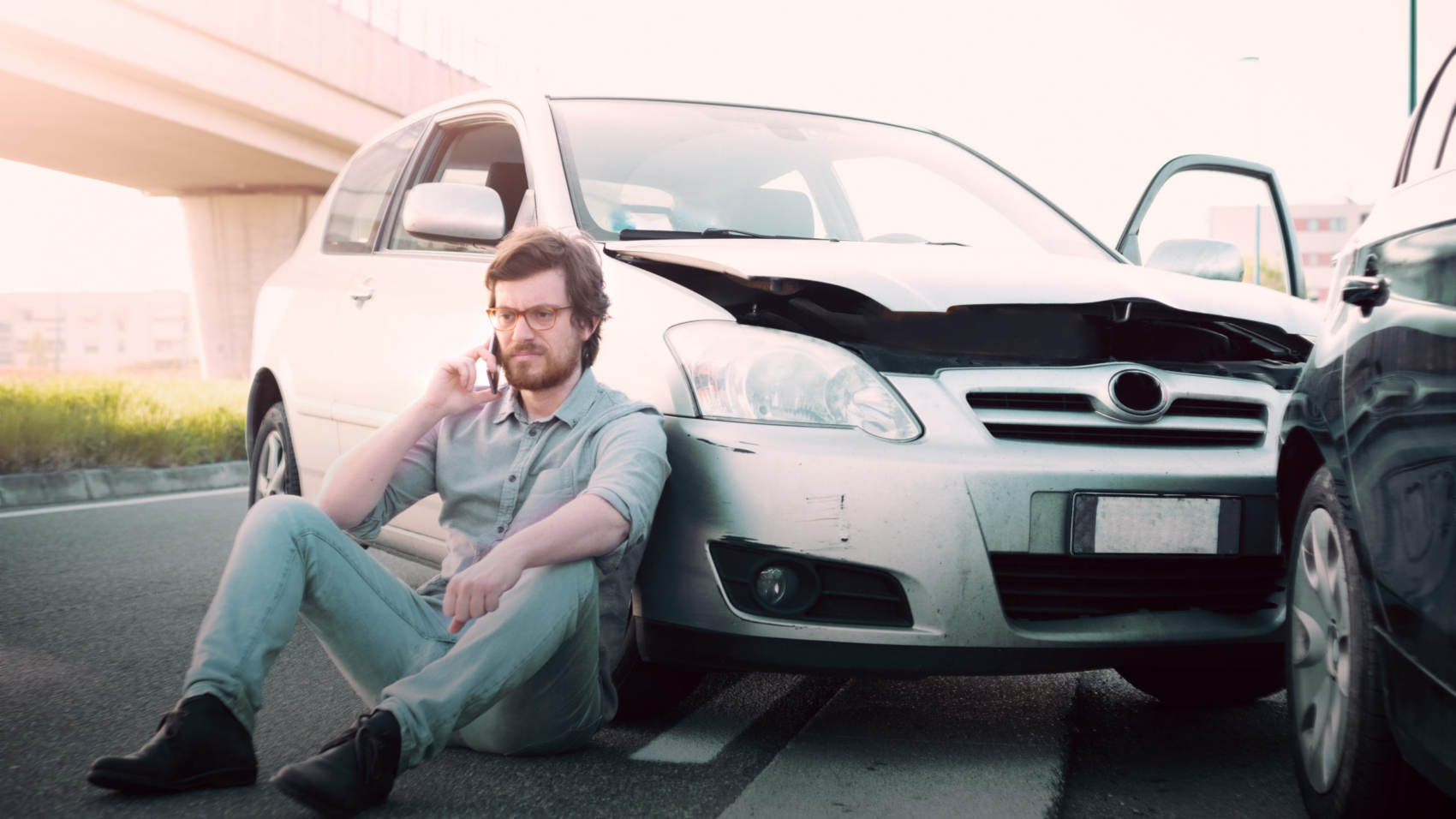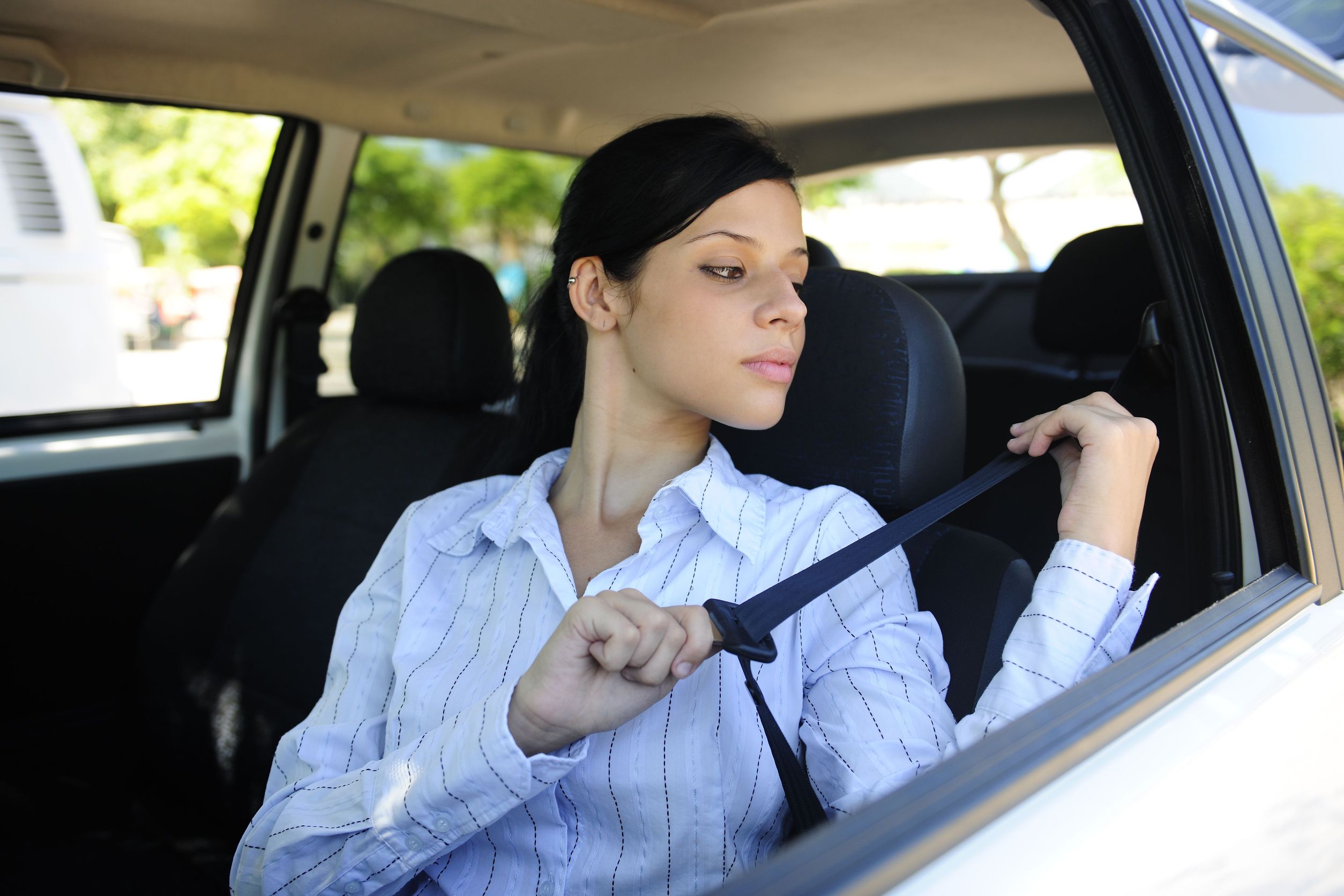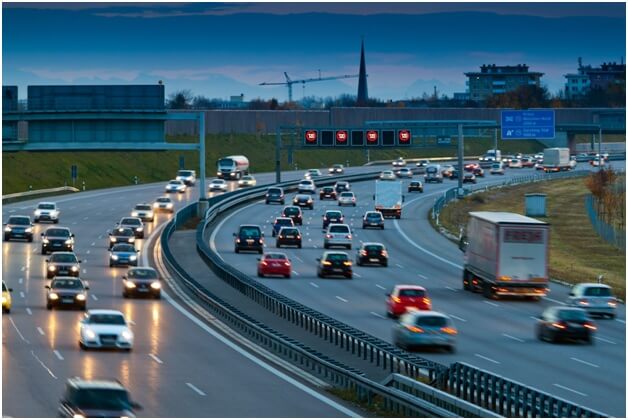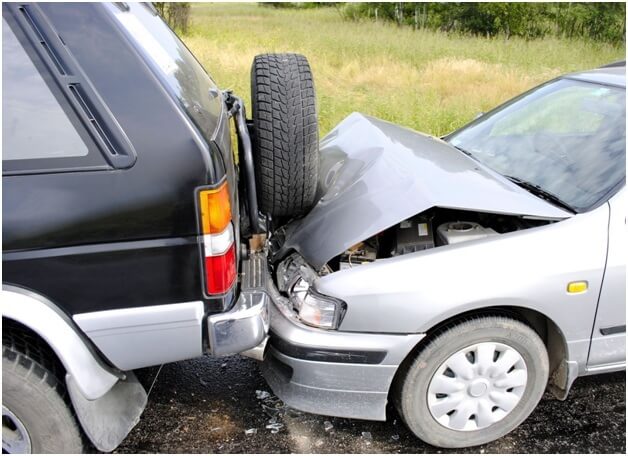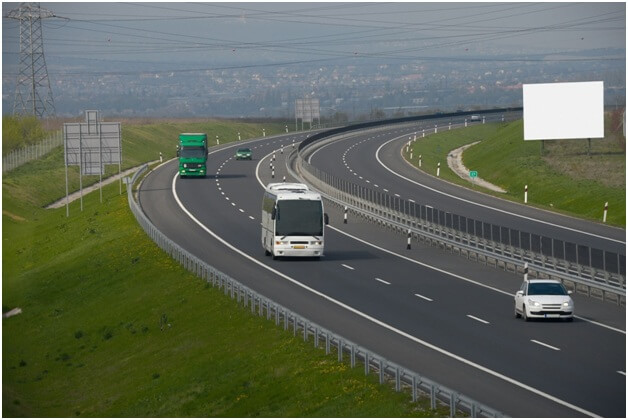Frustrated Drivers Cause More Accidents
You hopefully already realize that you should not drive when you’re intoxicated, distracted, or overly tired. But one thing you might not realize is that your mood can also impair your driving ability and make you more likely to be in an accident. In fact, if you frequently find yourself frustrated behind the wheel, you may be taking unnecessary risks and failing to fully focus on the road.
Unfortunately, frustration seems to be a common state of mind for many drivers in Florida (and around the country) today. Some of the most frequently-cited causes of on-the-road frustration include:
Slow drivers. One of the biggest frustrations for many drivers is being held up by people who are traveling well under the speed limit; in fact, 60% of respondents in a survey reported in The Telegraph said that they experience increased stress and irritability when confronted with a car that isn’t keeping up with traffic (the respondents were British, but it’s safe to say that many American drivers feel the same way). Drivers who feel that the car in front of them is moving too slowly are more likely to tailgate and attempt dangerous overtaking maneuvers.
Long commutes. The average commute time in the US is 25.4 minutes, but in many major metropolitan areas, this time jumps to closer to an hour. It’s not too surprising that drivers who spend that much time in their car may find themselves getting more easily frustrated.
Crowded areas. Metropolitan areas with lots of cars, trucks, motorcycles, bikes, and pedestrians often become congested, especially during rush hour. Drivers in these areas may also be frustrated due to less available parking and more frequent stops (in traffic and at intersections).
Texting and driving. A 2012 “drivers’ gripes” survey from Consumer Reports found that texting while driving was the behavior that most annoyed respondents, receiving an 8.9 on a 1-10 nuisance level. Texting while driving is now illegal in Florida, but unfortunately, some drivers still engage in this incredibly dangerous and frustrating behavior.
Drivers who fail to be courteous. It’s understandably annoying when other drivers tailgate, don’t wait their turn at a 4-way stop, cut you off while merging onto the highway, or engage in other uncourteous behaviors. Unfortunately, two cities in Florida—Orlando and Miami—rank in the top 10 for least courteous cities in the country.
Why Frustration Is Dangerous—and What You Can Do About It
Driving while in a negative emotional state can cause you to become distracted without you even realizing it. Some of the risks associated with frustrated driving include:
- Impaired observation and slower reaction times
- Becoming detached from other vehicles and drivers (i.e. starting to think of other drivers as obstacles and annoyances rather than real people), which may cause drivers to take risks that they wouldn’t have otherwise
- Making risky maneuvers to get ahead in traffic, such as cutting over several lanes at a time, not leaving enough space when changing lanes, or even driving on the shoulder
- Losing the ability to perform driving skills that require precise timing, such as merging onto the freeway or adjusting speed when the traffic ahead is slowing
While you might think that it’s impossible to just leave a bad mood at home, “I was frustrated” isn’t a valid excuse for getting into an accident. Fortunately, there are steps you can take to reduce your likelihood of becoming frustrated on your drive.
Leave extra time for your commute. Sometimes the simplest solutions are also the best. If you often find yourself getting frustrated because you feel like you’re rushing to get to work or other commitments on time, factor in some extra time to the usual length of your commute as “cushioning” so that if something comes up and you are held up in traffic, you won’t be as anxious.
Find something that calms you down (but doesn’t take your attention off the road). Take deep breaths, count slowly to 10, or listen to calming music—do whatever will best help you relax without distracting you. If you get to the point where you’re so frustrated that you can’t concentrate on the task of driving, find somewhere safe to pull over until you calm down. It’s not worth taking the risk of being in a car accident just to get to your destination a few minutes faster.
Find a less stressful route. If one particular route always stresses you out and it’s feasible to take another route, do so. Even if one route is slightly longer, it may end up being faster because there is less traffic (or it may at least be more scenic and relaxing).
Don’t engage with an aggressive driver. If a driver honks, yells at you, or flips you off, don’t take the bait and retaliate. When you retaliate, you are more likely to cause the situation to escalate and make both you and the other driver more frustrated.
Be aware when you start to become frustrated while driving and do your best to change your mood. Remember, you can’t control traffic, but you can control your reaction to it.
New Seat Belt Tech Could Curb Drowsy Driving Accidents
From automatic braking systems to electronic stability control, automobile technology continues to evolve to better protect drivers and vehicle occupants. Now, one new innovation may help prevent people from driving while drowsy—something that is a well-documented risk factor in serious and sometimes fatal crashes.
Harken, a publicly and privately funded European consortium, recently announced in a press release that they have developed a seat belt sensor designed to help wake drivers up if they begin falling asleep at the wheel. The sensor system was made by weaving fibers and yarns with electrical properties into the shoulder belt and seat pad of a car. When a driver is sitting in the seat and wearing their seat belt, the sensors will measure their heart rate and breathing rate. Because both respiration and heart rate slow down when a person is asleep or about to fall asleep, the sensors will be able to identify when a driver is at risk for falling asleep and needs to pull over.
How to Avoid a Highway Accident
Getting into a car accident in a parking lot or residential area is bad enough, but getting into a crash on the highway is far worse. When vehicles are traveling at highway speeds (typically between 60 and 75 mph), any kind of accident has the potential to result in driver and passenger fatalities.
The most obvious way to avoid getting into a highway accident is to stay off the highway, but that’s just not feasible for most Floridians. With four primary interstate highways, eight auxiliary highways, and approximately 1,500 interstate miles, it’s tough to be a driver in our state without spending some time on these fast-paced roadways. Whether you’re commuting to work or driving across the state to visit relatives, chances are you’re going to get there by traveling on one of these high-speed roads.
Of course, for all the reports about highway accidents and the crashes you’ve likely driven by, millions of drivers travel on highways every day without getting into accidents. By focusing on the road, practicing defensive driving, and following traffic laws, you can help prevent most types of highway accidents. Let’s take a look at some of the most common kinds of highway accidents and then go over some tips to keep yourself and your loved ones out of these crashes.
Common Types of Highway Crashes
Speeding, distractions (such as phones), drowsy driving, and drunk driving are all leading causes of various types of highway crashes, including:
• Lane change accidents: Drivers who fail to check their mirrors and blind spot or forget to signal before changing lanes may swerve into the side of another vehicle traveling at high speeds, or cut a faster car off so suddenly that the car slams into their rear bumper. Drivers may also rear-end another vehicle if they switch lanes with another slower-moving car too close in front of them.
• Rear-end accidents: Although you hear more about rear-end accidents happening on city streets, this type of accident can occur on highways when traffic begins slowing and one or more drivers fail to notice a change in speed. Since these rear-end accidents typically occur at higher speeds, they can cause serious harm, including spinal cord injuries and brain trauma.
• Rollovers: Top-heavy vehicles such as trucks and SUVs are particularly at risk for rollover accidents on tight turns or in bad weather. When large vehicles lose control and roll over, they often cause vehicles behind them to get into an accident, as well.
• Head-on collisions: One of the worst types of highway accidents possible, head-on collisions may occur when a drunk, drowsy, or simply inattentive driver enters the highway the wrong way via an exit ramp, or when a driver falls asleep at the wheel and drifts across the median.
4 Tips to Stay Out of Highway Accidents
Based on the descriptions of the accidents above, some ways to reduce your risk of being in a highway accident should, hopefully, be obvious. You should never drive when you’ve been drinking, even if you don’t think you’re that intoxicated. You should also put your phone away to avoid distractions, and if you start feeling tired on a long drive, take the next exit and pull over somewhere safe to rest.
Here are 4 more tips to help you avoid highway accidents:
1. Leave plenty of room when changing lanes in front of a truck. The average tractor-trailer loaded with cargo and traveling 55 mph on a clear road takes at least 290 feet to come to a complete stop—and that’s the best case scenario. Trucks traveling in bad weather, with overloaded cargo, or with worn-out tires or brakes will take even longer to stop, and cars that pass trucks and then cut back in front of them too closely can easily cause accidents. Never pull in front of a tractor-trailer unless you can see the entire front of the truck in your rearview mirror.
2. Stay out of blind spots. Although drivers should be checking their blind spot by looking over their shoulder before changing lanes, you can’t guarantee that everyone will be that responsible. Either speed up or slow down to avoid traveling in another car’s or truck’s blind spot for a long period.
3. Go with the flow of traffic. Weaving in and out of lanes to go faster than the rest of traffic is incredibly dangerous, but going so slowly that you’re forcing everyone else on the road to go around you is also an issue. Do your best to keep up with the flow of traffic and never, under any circumstances, come to a complete stop in a lane with traffic flowing around you.
4. Use your turn signals. You can’t expect other drivers to read your mind—even if you think you have plenty of room to make a lane change or get onto an exit ramp, you should always signal your intentions so that you don’t take drivers around you by surprise.
Keep in mind that you’re in a powerful, fast-moving vehicle when you’re driving on the highway, so don’t take unnecessary risks that will endanger yourself and others. And if another driver endangers or injures you through their recklessness, seek proper medical attention and then contact an auto accident attorney as soon as possible.
About the Author:
Jeffrey Braxton is a trial lawyer in Fort Lauderdale who has devoted his 22-year career to the practice of personal injury law. As lead trial attorney for The South Florida Injury Law Firm, Jeff has litigated thousands of cases and is a member of the Million Dollar Advocates Forum, an exclusive group of attorneys who have resolved cases in excess of one million dollars.



